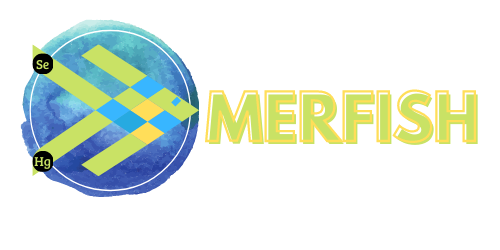Environmental Science & Technology
DOI https://doi.org/10.1021/acs.est.1c04966
Multipartner research article (IPREM-CNRS, PS Analytical, CEBC, LIENS)
Abstract
Birds are principally exposed to selenium (Se) through their diet. In long-lived and top predator seabirds, such as the giant petrel, extremely high concentrations of Se are found. Selenium speciation in biota has aroused great interest in recent years; however, there is a lack of information about the chemical form of Se in (sea)birds. The majority of publications focus on the growth performance and antioxidant status in broilers in relation to Se dietary supplementation. The present work combines elemental and molecular mass spectrometry for the characterization of Se species in wild (sea)birds. A set of eight giant petrels (Macronectes sp.) with a broad age range from the Southern Ocean were studied. Selenoneine, a Se-analogue of ergothioneine, was identified for the first time in wild avian species. This novel Se-compound, previously reported in fish, constitutes the major Se species in the water-soluble fraction of all of the internal tissues and blood samples analyzed. The levels of selenoneine found in giant petrels are the highest reported in animal tissues until now, supporting the trophic transfer in the marine food web. The characterization of selenoneine in the brain, representing between 78 and 88% of the total Se, suggests a crucial role in the nervous system. The dramatic decrease of selenoneine (from 68 to 3%) with an increase of Hg concentrations in the liver strongly supports the hypothesis of its key role in Hg detoxification.

More information: https://pubs.acs.org/doi/10.1021/acs.est.1c04966












